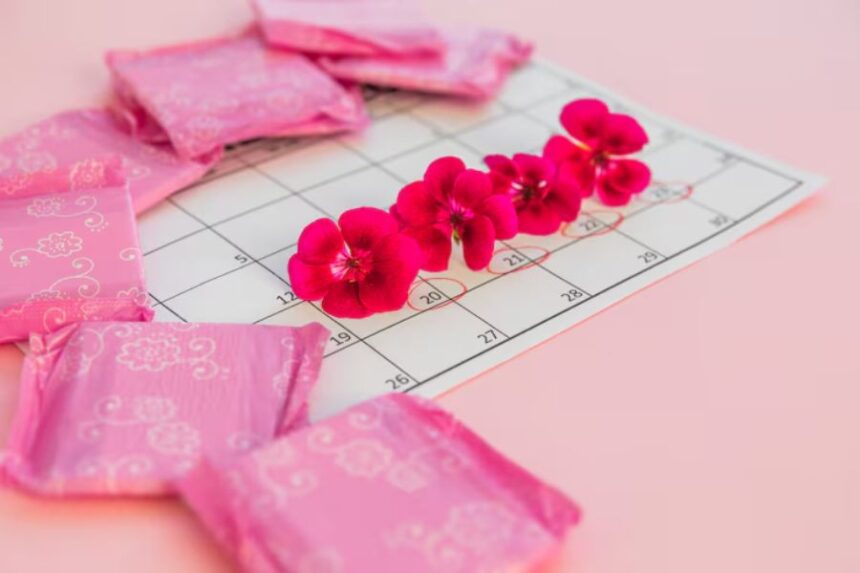Organic pads are menstrual pads crafted from natural, sustainably sourced materials such as cotton, bamboo, or bio-based fibres. Unlike conventional pads that often contain synthetic chemicals and plastics, organic pads prioritise skin comfort and environmental impact.
They are free of dyes, fragrances, chlorine bleach, and other additives that can cause irritation. Women who experience sensitivity or allergic reactions often find relief switching to organic pads.
Benefits for Your Health
One of the biggest advantages of organic pads is breathability. Natural fibres allow airflow and reduce moisture build‑up, minimising the risk of yeast infections and odours. The absence of harsh chemicals also means a lower chance of irritation, rashes, or dryness. Many users report feeling fresher and more comfortable, especially during long periods of wear.
Environmental Impact
Organic pads are typically made from biodegradable materials and minimal plastic. This reduces landfill waste and lessens the environmental footprint compared to conventional sanitary products that can take hundreds of years to decompose.
Manufacturers often use sustainable farming practices for their cotton or bamboo, which means less water usage and no synthetic pesticides. Some brands also use compostable packaging, further supporting eco‑friendly goals.
Choosing the Right Pad
When selecting organic pads, consider absorbency level, pad size, and material. Light or pantyliner pads are great for lighter days or spotting, while regular or overnight pads offer higher absorbency. Some organic pads include wings for better fit and leakage protection. Always check certifications like GOTS (Global Organic Textile Standard) or USDA Organic to ensure authenticity.
Tips for Use and Transition
Transitioning to organic pads may take a bit of adjustment. Initially, you might notice differences in texture or fit compared to conventional pads. Give yourself a cycle or two to adapt. Store them in a cool, dry place to preserve quality. If you’re sensitive to any plant‑based material, test a patch first.
Cost Considerations
Organic pads often cost more than regular pads due to higher production and certification expenses. To manage the cost, look for multipacks or subscribe to refill schemes. That said, many users find long‑term value in improved comfort and reduced irritation, which can offset the price difference.
Broader Impacts Beyond Periods
Many people choose organic pads as part of a broader commitment to conscious living. They’re often part of sustainable personal care routines, alongside products like plastic‑free deodorants or bamboo toothbrushes. Supporting brands that prioritise ethical sourcing and transparent packaging can encourage better industry practices.
Conclusion
Organic pads offer a healthier option for those seeking comfort and wanting to reduce their environmental impact. While they may require a small upfront cost, the benefits of reduced irritation, breathability, and biodegradability make them a compelling choice. For anyone curious about sustainable period care, trying an organic option is a simple yet meaningful first step.




